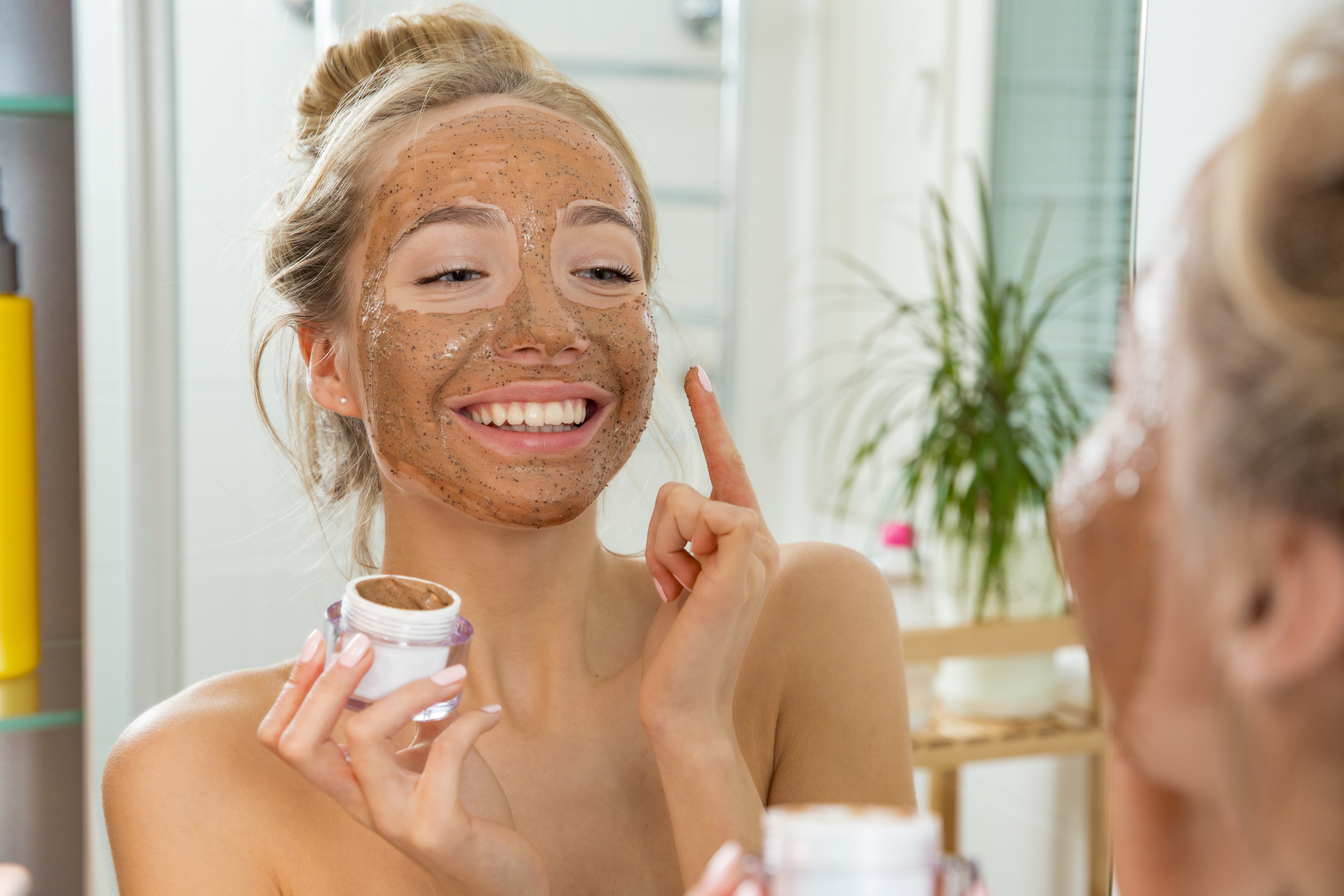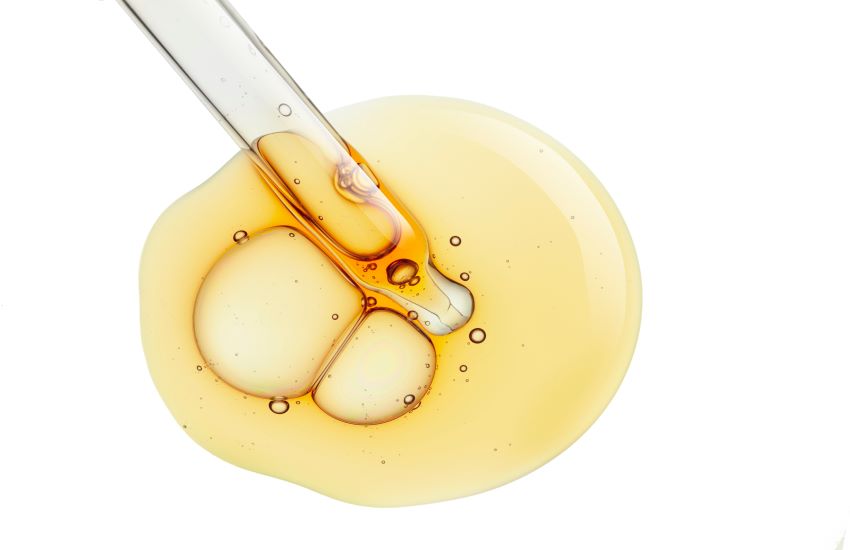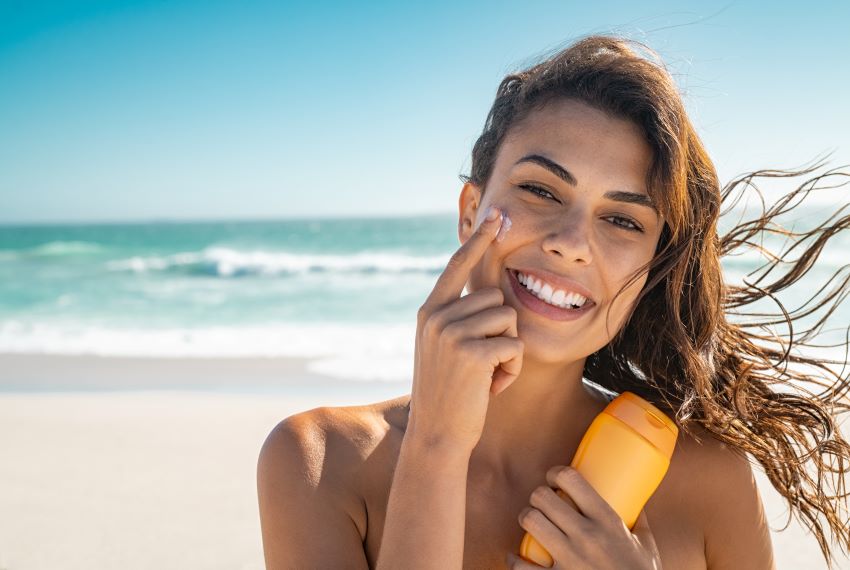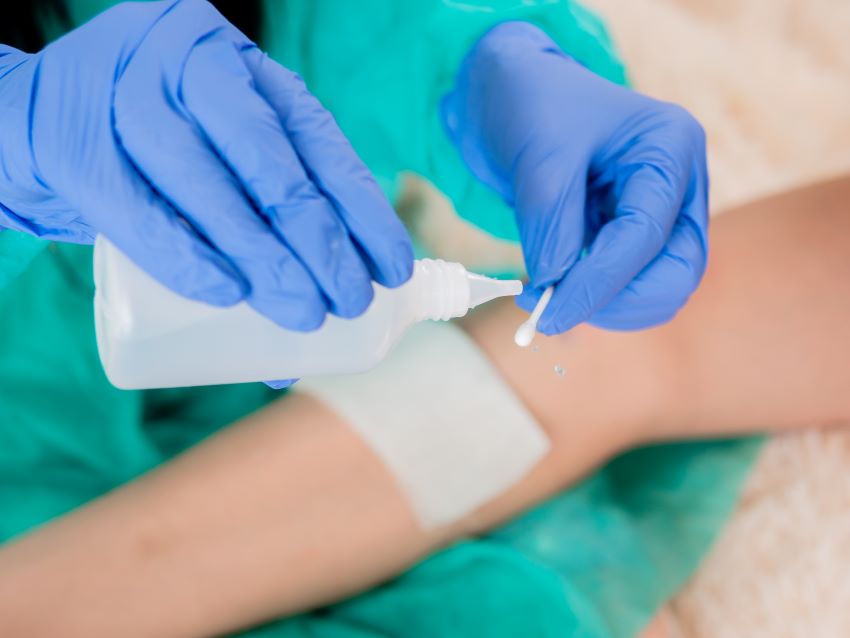Teenage skin can be super sensitive and need some ultra care, since puberty hits right around that age. Teenage skin…

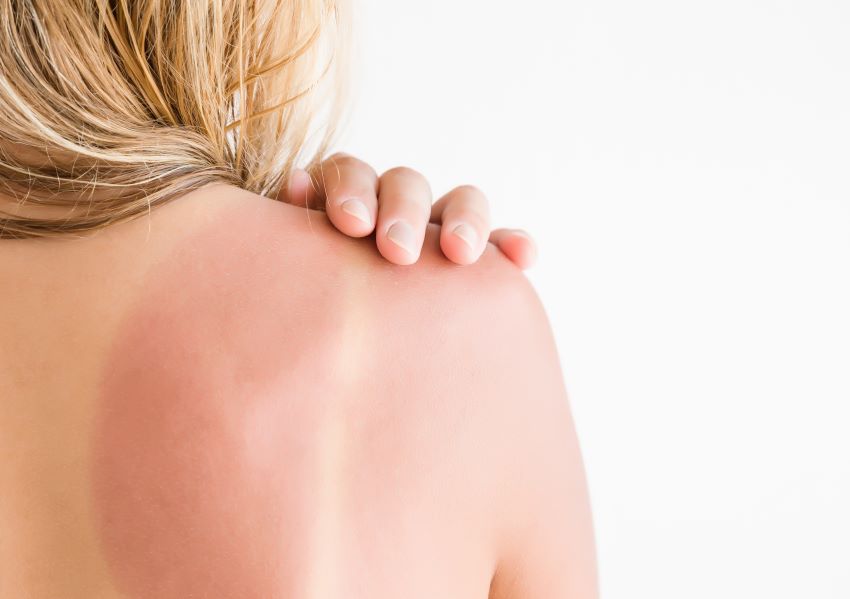 Healthy Skin
Healthy Skin
Sunburn Damage to Skin and Prevention Recommendations
How Do Sunburns Occur?
Sunburns occur after your skin experiences damage from the sun. A sunburn is your body’s response to repair your skin and is a warning to your DNA that there has been damage done to your skin by UV radiation.
The sun’s rays give off ultraviolet radiation. There are two main types of ultraviolet rays or UV rays that can cause sunburn damage to skin. UVA rays tend to damage the skin less immediately and do not typically cause sunburn. However, UVA rays are more responsible for penetrating more deeply into the skin and cause signs of premature aging. UVB rays are responsible for immediate sunburns and are prominent on hot and sunny days. Getting burnt from UVB rays even just once every two years can triple your risk of skin cancer.
How Much Damage Can a Sunburn Do?
Exposure to the sun causes actinic keratosis. Actinic keratosis are scaly patches on your skin that develop over time from sun exposure. Mostly found on the back of hands, forearms, scalp, neck, lips, and face, these patches enlarge slowly. If left untreated, actinic keratosis can develop into a form of skin cancer called Squamous cell carcinoma. Squamous cell carcinoma (SCC) is the second most common type of skin cancer. SCC appears as a firm red bump, a scaly patch of skin, or a sore that continuously reopens. SCC typically forms on the ears, face, neck, arms, chest and back.
Sunburns can also cause:
- Benign tumors
- Mottled pigmentation (discolored areas of the skin)
- Sallowness
- A yellow discoloration of the skin
- Telangiectasias
- The dilation of small blood vessels under the skin
- Elastosis
- This is the destruction and weakening of collagen tissue. It causes fine lines, sagging skin, and wrinkled skin.
- Skin bruises and tears more easily
- Skin takes longer to heal from damage.
- Atypical Moles
- Changes in atypical moles can be from the sun. When moles change color, bleed, itch, have uneven borders, or become darker this could mean it has become cancerous from sun damage or severe sunburn.
- Rosacea
- UVA/UVB rays from the sun can harm the blood vessels in your face under your skin. Fluid can leak out and cause red bumps on the face when you blush. Typically, this rosacea occurs in women between the ages of 30 and 60.
- Wrinkles
- Exposure to too much sun affects the fibers and collagen that make skin firm and elastic. The sun rays speed up the aging process and will result in skin wrinkling, sagging, and aging more quickly.
- Poikiloderma of Civatte
- This is a condition from the sun that turns your neck and cheeks reddish-brown. It can be itchy, sensitive, and can burn.
- Actinic Cheilitis
- Actinic cheilitis is a form of actinic keratosis that affects your lips. If you are constantly struggling with dry, split lips, or have a scaly white spot on your bottom lip, reach out to your doctor.
- Age Spots
- Age spots are larger (up to the size of a quarter) discolored spots that appear on the skin as you age. Age spots get darker with age and typically turn dark brown once you enter your 40s and 50s. If age spots change shape, color, or texture they can be cancerous.
Sun Damage Prevention
Unfortunately, as there is no cure for sun-damaged skin, the best solution to minimize skin damage is to be cautious and take preventative measures when going in the sun. To prevent sunburn damage to skin, you should: limit your time in the sun or UV exposure, use sun protection such as to wear a hat that covers your scalp, apply sunscreen daily with an SPF of 30 or higher, and avoid tanning beds.
Sources
This blog is based on research and/or other scientific articles and is written by our experienced Chief Strategy Officer and Pharmacist, Ronak Desai. This blog is fact checked by our educated Pharmacist in Charge, Darshan Patel, who additionally runs our Apotheco Manhattan location.
Here at Apotheco Pharmacy Group, our goal is to provide the most up to date and accurate information on health and dermatology related topics. We do this to ensure our readers can make informed decisions based on factual content. All blogs undergo an extensive review process before posted.
This blog contains trusted sources. All sources are listed at the bottom of this article with hyperlinks that take you directly to the source.


